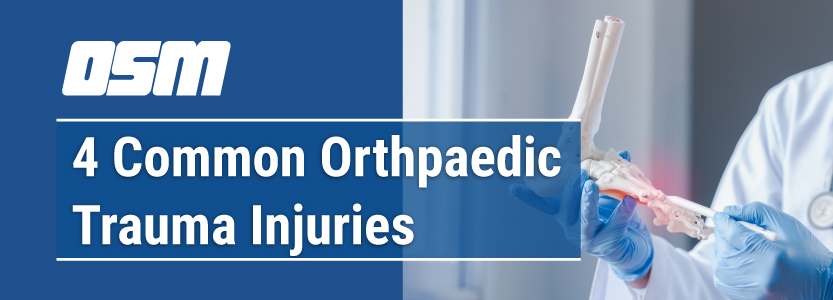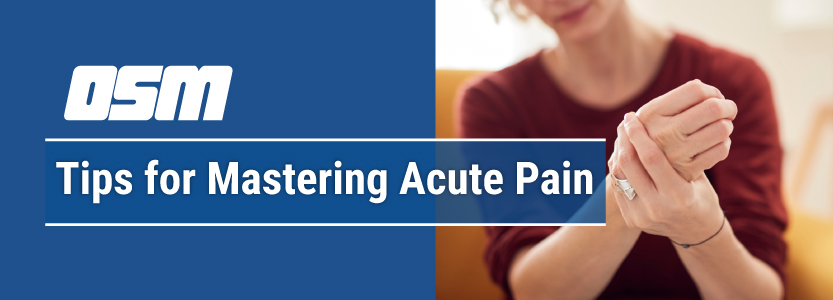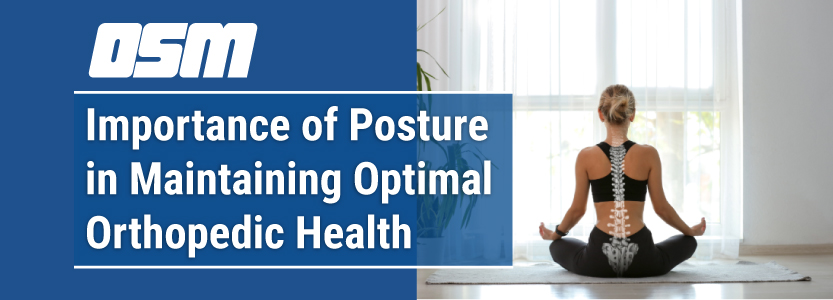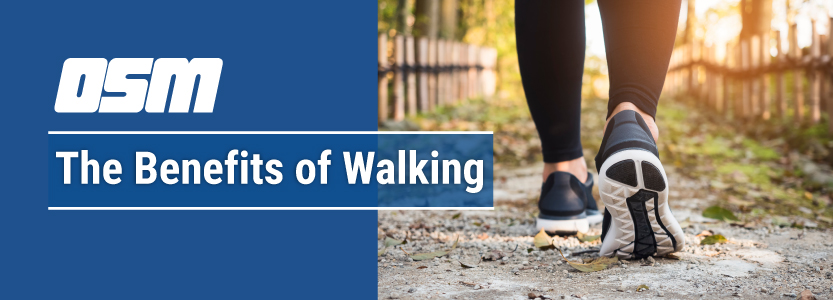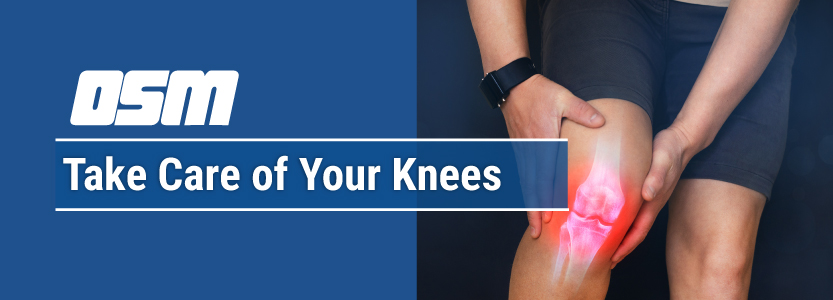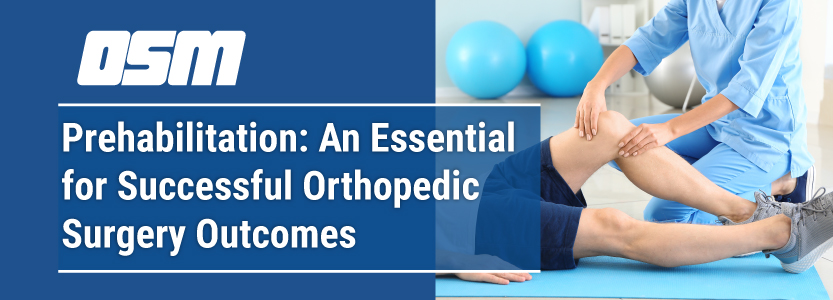4 Common Orthopaedic Trauma Injuries & How We Treat Them
Article featured on MedStar Health
How We Treat Common Othropaedic Trauma Injuries
Lower Extremity Fractures
We see a large number of lower extremity injuries from individuals getting struck by cars, such as a tibial plateau fracture, which occurs when you break the bone on the top part of your tibia, right below your knee. This often happens because a car’s bumper strikes someone from the side at about knee level. Other common lower extremity injuries, such as a femur fracture and pelvic fracture, occur the most in the spring and summer, when people are out riding their motorcycles, bicycles, and motorized scooters.
Treatment for lower extremity fractures typically involves a surgeon realigning a patient’s affected bone and joints to their natural positions and holding them in place with plates and screws in a way that allows for them to heal properly.
While bones typically take about three months to heal, the hardware we insert during surgery sometimes is strong enough to support patients’ weight, allowing them to walk right after surgery. But speak to your doctor to see what to expect from your surgery, as some fractures, such as those close to joints, need to be fixed with hardware that is not designed to support the patient’s weight, resulting in people waiting weeks to months to put weight on their legs. Once patients are able to bear weight again, physical therapists can help them with strength and flexibility exercises to minimize stiffness and regain muscle loss. Social workers also can help patients plan for disability insurance or any time off work while they recover.
Wrist Injuries
We often see individuals with wrist injuries after they try to catch themselves when they slip and fall. This is especially common during the winter months, when snow and ice are on the ground. One of the most common wrist injuries we see is a fractured distal radius (broken wrist).
Treatment for a distal radius fracture typically involves patients either wearing a cast for around six weeks to allow the wrist to heal or undergoing surgery to better align the wrist and stabilize it in order for it to heal properly.
Bones That Don’t Heal Properly
Some people are referred to us by their primary care doctors or other orthopaedic specialists because they’re having complications from previous fractures, such as a bone healing crookedly or not healing at all (nonunion).
To treat a nonunion, we first try to identify whether the patient’s bones aren’t receiving enough blood supply or the patient is lacking vitamins and minerals, such as vitamin D, which are necessary for proper bone healing. If neither is the case, we typically can get the bone to begin healing by retrieving bone from another part of the body and inserting it into the fracture site of the bone that isn’t healing properly. We may need to also stabilize the bone differently from what was tried initially.
For bones that heal crookedly, we may need to cut the bone to realign it to the proper position. We then stabilize it to hold it in that position. Depending on the situation, this can be performed all on the inside of the body or by using a system on the outside of the body that connects with a computer program.
Bone Infections
Some patients are referred to us because of osteomyelitis, a complicated bone infection. Osteomyelitis often can occur after trauma and can affect any bone. Without the proper treatment, osteomyelitis can spread to the tissues near the bone, kill the bone, and prevent any fractures from healing.
We treat these bone infections with surgery in which we open up the bone, remove as much of the infection as possible, and prescribe the patient antibiotics to both kill any remaining traces of the infection and keep it away long-term.
Can You Prevent Orthopaedic Trauma Injuries?
Unfortunately, many orthopedic trauma injuries are due to random events, such as someone running a red light and hitting another person’s car. There isn’t much we can do to prevent these types of events.
But it’s possible for you to avoid some traumatic injuries by carefully selecting what activities you want to participate in and understanding your physical limits. If you’re riding a motorcycle or bicycle, for example, make sure you’re moving at a safe pace and are always aware of your surroundings. If you’re on a ski trip, don’t ski on the hardest trail without having the appropriate skill level.
What Should People Do in an Emergency?
If an individual experiences an orthopaedic trauma injury, such as a severely injured limb, call 911 right away to request an ambulance. While the ambulance is on the way, it’s important for the injured person to stay calm and keep the affected arm or leg still. This can not only reduce the pain but also help prevent further injury to the soft tissues surrounding the injured bones. If there’s newspaper or cardboard nearby, try rolling it up to form a makeshift splint.
If someone has an open fracture—when there’s an open wound or break in the skin near the broken bone, what used to be referred to as a compound fracture—or has any injury that causes excessive bleeding, applying pressure on the area helps reduce the bleeding while they wait for emergency medical professionals to arrive.
The Orthopedic & Sports Medicine Center of Oregon is an award-winning, board-certified orthopedic group located in downtown Portland Oregon. We utilize both surgical and nonsurgical means to treat musculoskeletal trauma, spine diseases, foot and ankle conditions, sports injuries, degenerative diseases, infections, tumors and congenital disorders.
Our mission is to return our patients back to pain-free mobility and full strength as quickly and painlessly as possible using both surgical and non-surgical orthopedic procedures.
Our expert physicians provide leading-edge, comprehensive care in the diagnosis and treatment of orthopedic conditions, including total joint replacement and sports medicine. We apply the latest state-of-the-art techniques in order to return our patients to their active lifestyle.
If you’re looking for compassionate, expert orthopedic and podiatric surgeons in Portland Oregon, contact OSM today.
Phone:
Address
1515 NW 18th Ave, 3rd Floor
Portland, OR 97209
Hours
Monday–Friday
8:00am – 4:30pm

